Best wide-angle lens: ultra-wide lenses for Canon and Nikon DSLRs
Get the bigger picture with these super-wide optics
You need the right tools for any job, and that’s especially true when it comes to ultra-wide zooms for ‘DX’ format Nikon cameras like the D3500 and D7500. Thankfully, there’s a healthy selection of lenses on offer that are tailor-made for DSLRs with APS-C format image sensors.

Best wide-angle lenses for Nikon DX format DSLRs
Why you can trust TechRadar
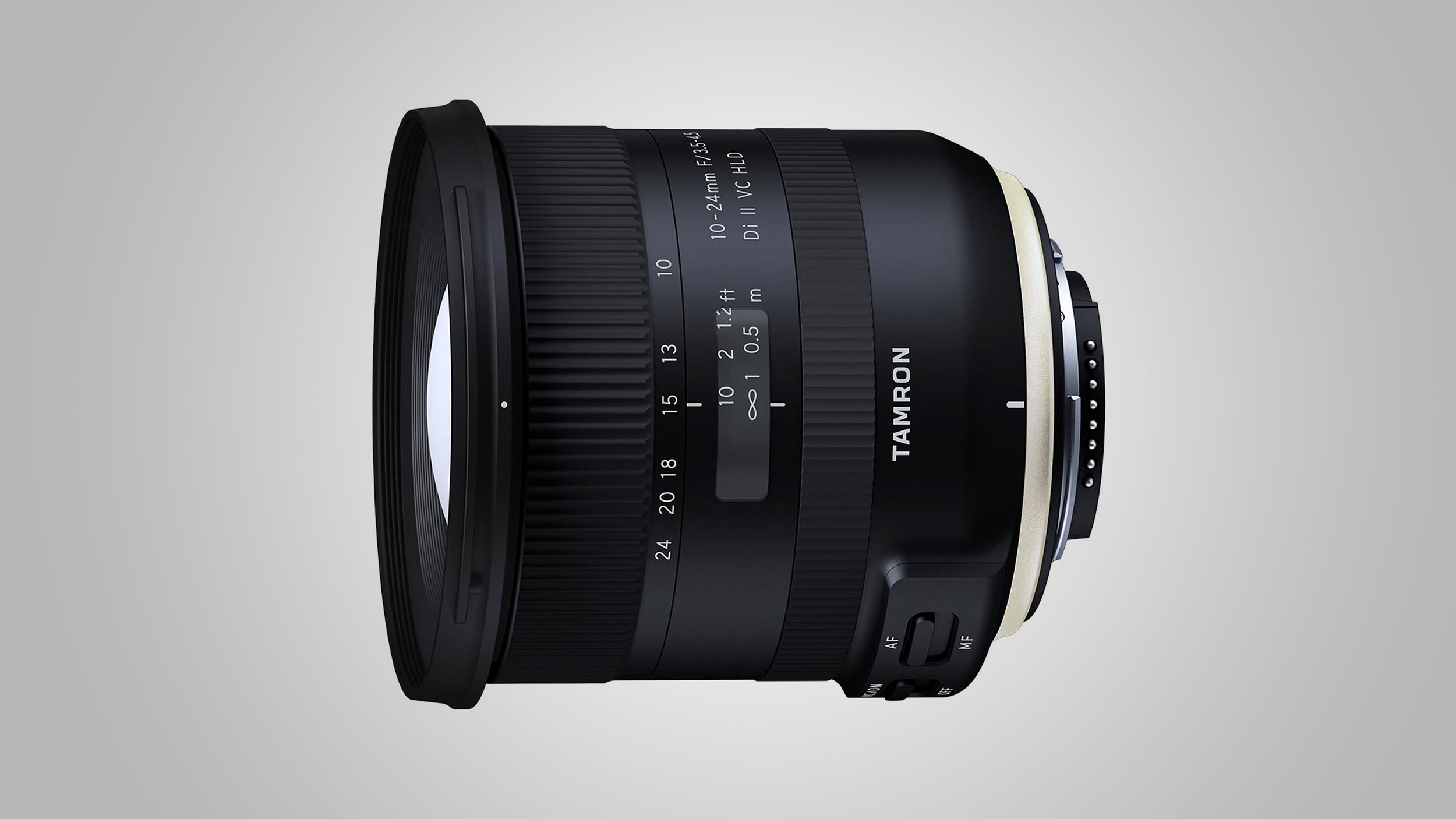
1. Tamron 10-24mm f/3.5-4.5 Di II VC HLD
Specifications
Reasons to buy
Reasons to avoid
A major revamp of Tamron original 10-24mm lens, this one boasts upgraded optics, a new HLD (High/Low toque-modulated Drive) autofocus system and the addition of VC (Vibration Compensation) stabilization. Overall build quality is better as well, with added attractions of a weather-sealed mounting plate and fluorine coating on the front element. The lens comes complete with a hood and is compatible with Tamron’s optional USB docking station, for applying customization and firmware updates. Autofocus is quicker and quieter than in the original lens, and the focus ring no longer rotates during autofocus. Sharpness and contrast are impressive, right down to the very shortest zoom setting. Colour fringing is minimal and distortions are well controlled for an ultra-wide zoom. All in all, it’s a top performer. One thing to watch out for, however, is that the electromagnetic aperture control system is incompatible with older Nikon DSLRs, including the D1, D2, D40, D40s, D60, D70, D70s, D80, D90, D100, D200, D3000 and D5000.

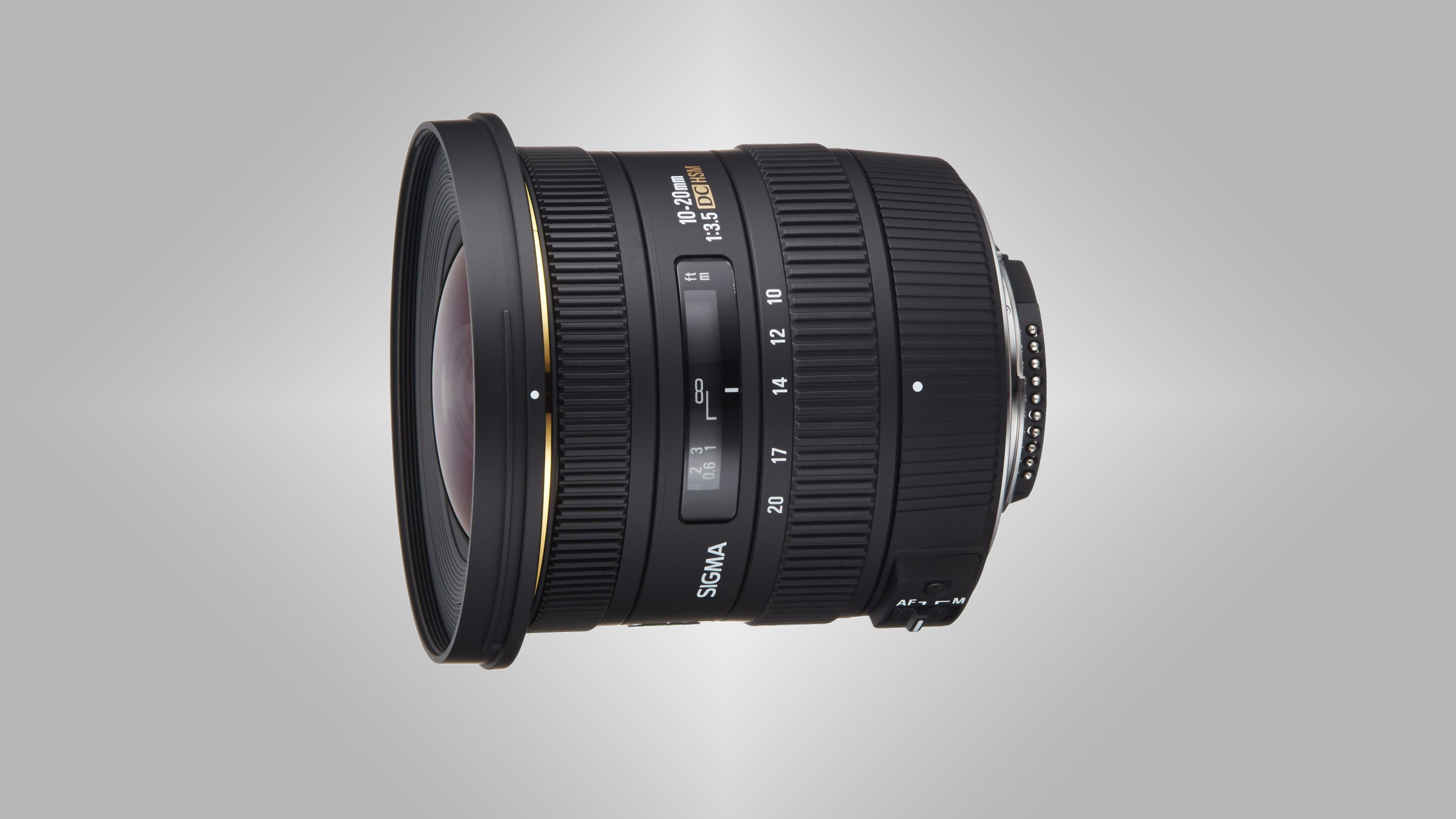
2. Sigma 10-20mm f/3.5 EX DC HSM
Specifications
Reasons to buy
Reasons to avoid
This lens is newer, bigger and better than Sigma's original 10-20mm. A notable difference is that it has a constant f/3.5 maximum aperture, rather than a variable aperture rating that shrinks at longer zoom settings. It's a high-grade lens with fast and quiet ring-type ultrasonic autofocus. The build is quite chunky, and features a large 82mm filter thread. Sharpness and contrast are excellent, and very consistent throughout the zoom range. Colour fringing is well controlled, and distortion is only really noticeable towards the shortest end of the zoom range. It’s a star buy that's great value for money.

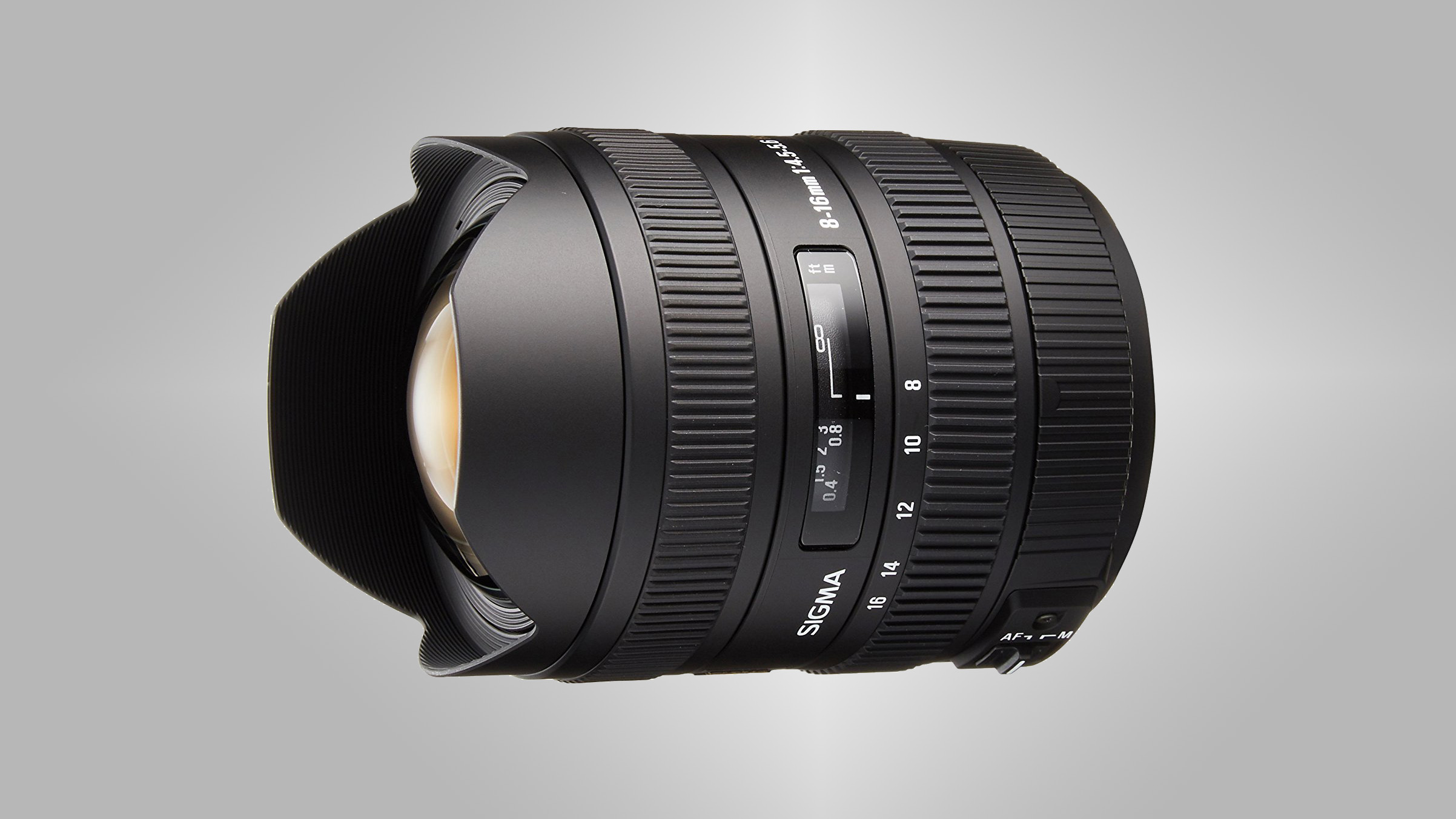
3. Sigma 8-16mm f/4.5-5.6 DC HSM
Specifications
Reasons to buy
Reasons to avoid
For really maximizing your viewing angle, look no further than this Sigma 8-16mm. Compared with most competing lenses that shrink to a 10mm focal length, the subtraction of 2mm at the short end of the zoom range makes a huge difference. Physically, the Sigma 8-16mm is quite long because the hood is built into the lens barrel. Build quality is very good, with a smooth-acting zoom ring and ring-type ultrasonic autofocus system. One downside of the ultra-wide angle of view is that barrel distortion at the short end of the zoom range is rather noticeable but this lens is unbeatable for squeezing more into the frame, and for really exaggerating perspective.


4. Nikon AF-S DX 10-24mm f/3.5-4.5G
Specifications
Reasons to buy
Reasons to avoid
As with many own-brand lenses from camera manufacturers, the Nikon 10-24mm is expensive compared to independently manufactured lenses with similar specifications. In its favour, this Nikon has a class-leading 2.4x zoom range, which it shares with the Tamron 10-24mm lens. The Nikon's build quality and construction is good, with ring-type ultrasonic autofocus which delivers fast, snappy AF. Handling is excellent. The medium-aperture sharpness is no more impressive than in most other rival lenses, but the Nikon does retain sharpness at wide apertures particularly well, and stays sharp into the corners of the frame. Vignetting is also quite well controlled. If you want to stick with Nikon and want a more affordable alternative, take a look at the new AF-P 10-20mm f/4.5-5.6G VR (below).

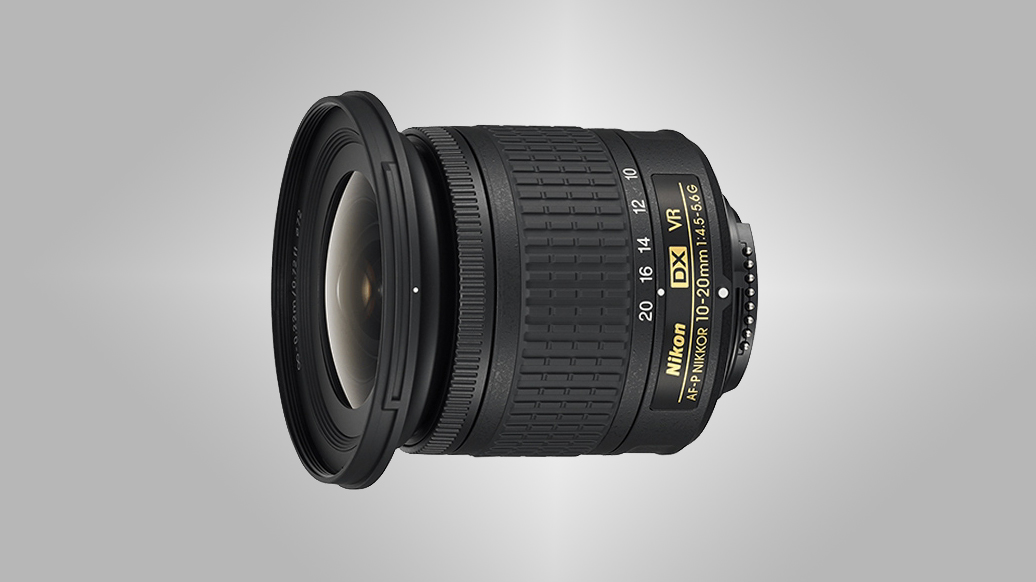
5. Nikon AF-P DX 10-20mm f/4.5-5.6G VR
Specifications
Reasons to buy
Reasons to avoid
Comparatively small and only about half the weight of most DX format ultra-wide zooms, this is a smart choice for travel photography. The inclusion of VR stabilization also means that you’re less likely to need to carry a tripod, even for shooting under very dull lighting conditions or indoors. The AF-P (Pulse motor) autofocus system is virtually silent and enables smooth focus transitions during video shooting, as well as fairly speedy performance for stills. However, in many older cameras up to and including the D7000, D5200 and D3200, neither autofocus or manual focus is possible. This budget lens matches the pricier Nikon 10-24mm for sharpness at short to medium zoom settings, but lags behind at 20mm. Colour fringing and barrel distortion are also quite noticeable, unless corrected in-camera or during post-shoot editing.

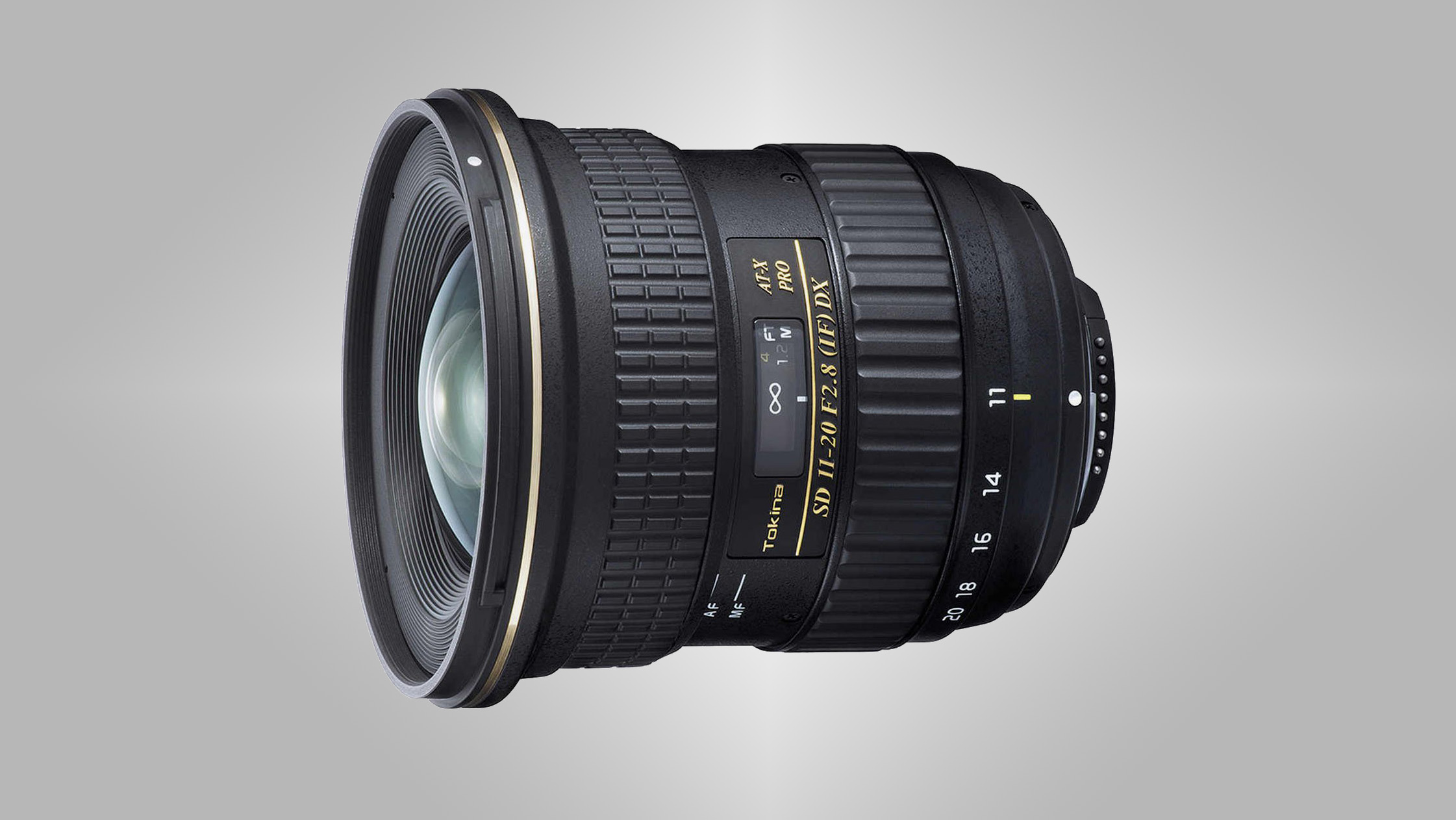
6. Tokina AT-X 11-20mm f/2.8 Pro DX
Specifications
Reasons to buy
Reasons to avoid
Tokina’s 11-16mm ultra-wide zoom lens became something of a classic in the early days of APS-C format DSLRs. It delivered very pleasing image quality and had a robust construction, although its outright zoom range was distinctly limited. This newer lens retains the same 11mm shortest focal length, but boosts the longest zoom setting from 16mm to 20mm. Another major attraction is the lens’s fast f/2.8 aperture, which remains available throughout the entire zoom range. As a consequence, however, the filter thread is relatively large, at 82mm in diameter. Image quality is good with impressive sharpness, but autofocus is relatively slow and noisy compared with most current lenses. A typical Tokina design feature is that you can slide the focus ring forwards and backwards to engage auto or manual focus modes.

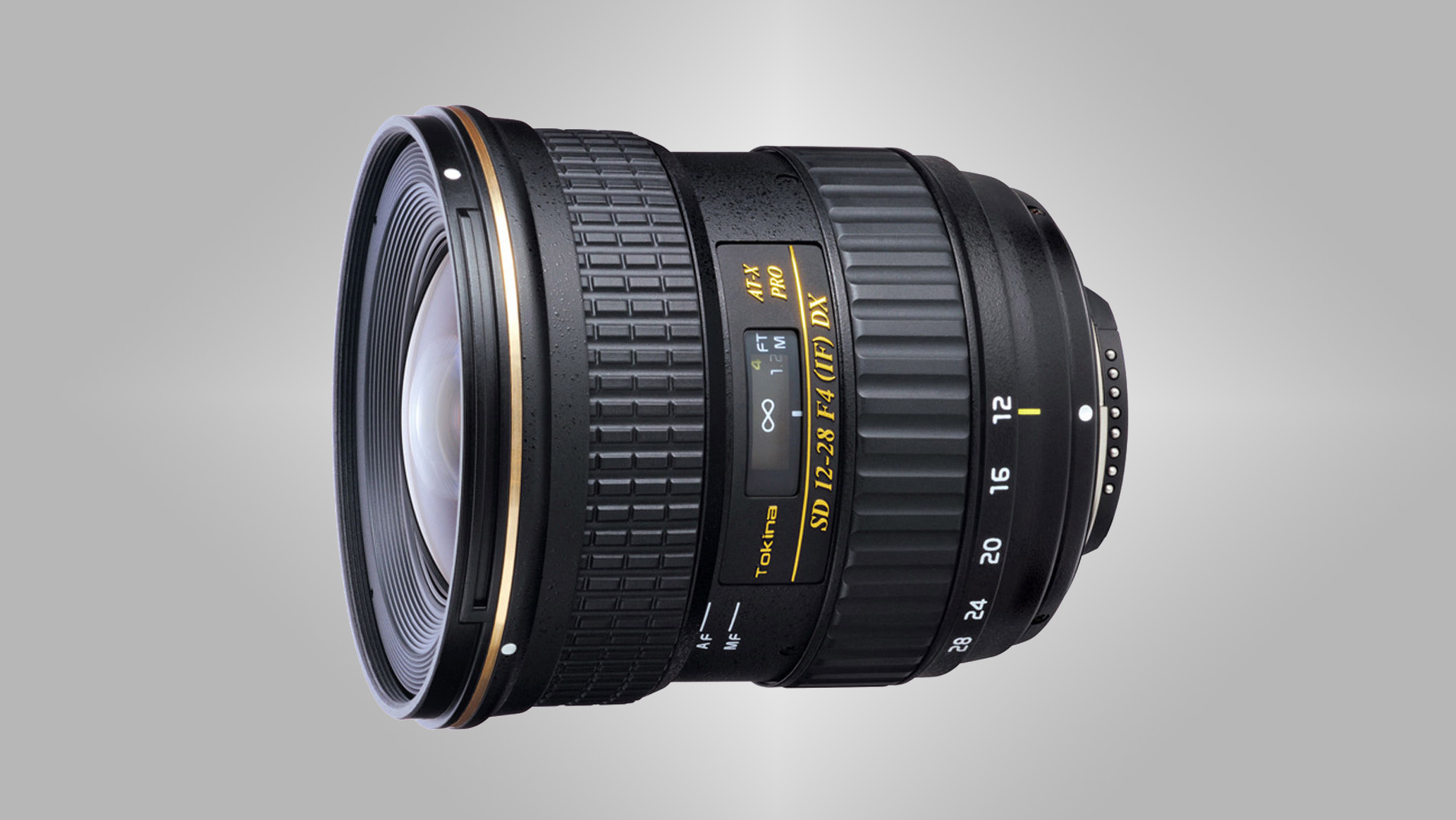
7. Tokina AT-X Pro 12-28mm f/4 DX
Specifications
Reasons to buy
Reasons to avoid
With a minimum focal length of 12mm, this Tokina lens can't deliver quite such a wide viewing angle as most of its rivals, but it does offer a longer maximum zoom setting. This makes it more of an all-rounder that you could keep on your camera for more of the time. It feels reassuringly robust and has Tokina's recently introduced SD-M (Silent Drive-Module) autofocus, which is based on a GMR (Giant Magneto Resistance) system. It still lacks full-time manual override, but you can quickly switch between AF and MF via a simple push-pull mechanism for the focus ring. The amount of barrel distortion is disappointing at the shortest zoom setting, but it's practically non-existent at the long end of the zoom range. Sharpness is pretty reasonable but not overly impressive.

Current page: Best wide-angle lenses for Nikon DX format DSLRs
Prev Page Best wide-angle lenses for Canon full-frame DSLRs Next Page Best wide-angle lenses for Nikon FX format DSLRsSign up for breaking news, reviews, opinion, top tech deals, and more.